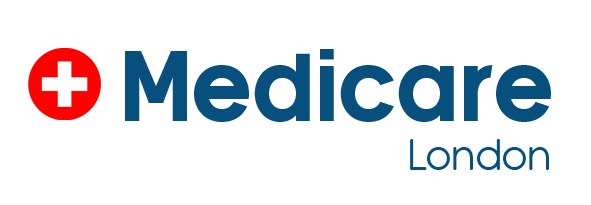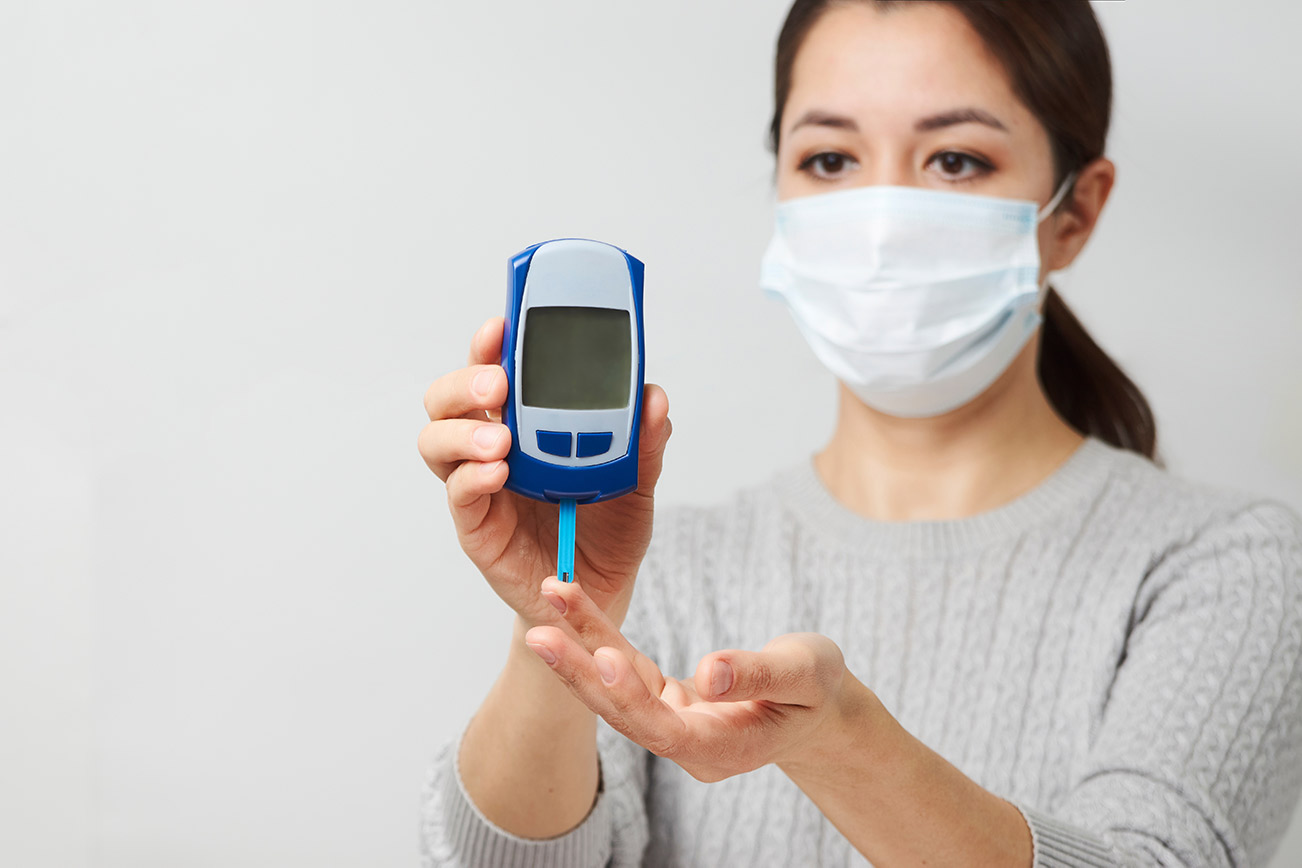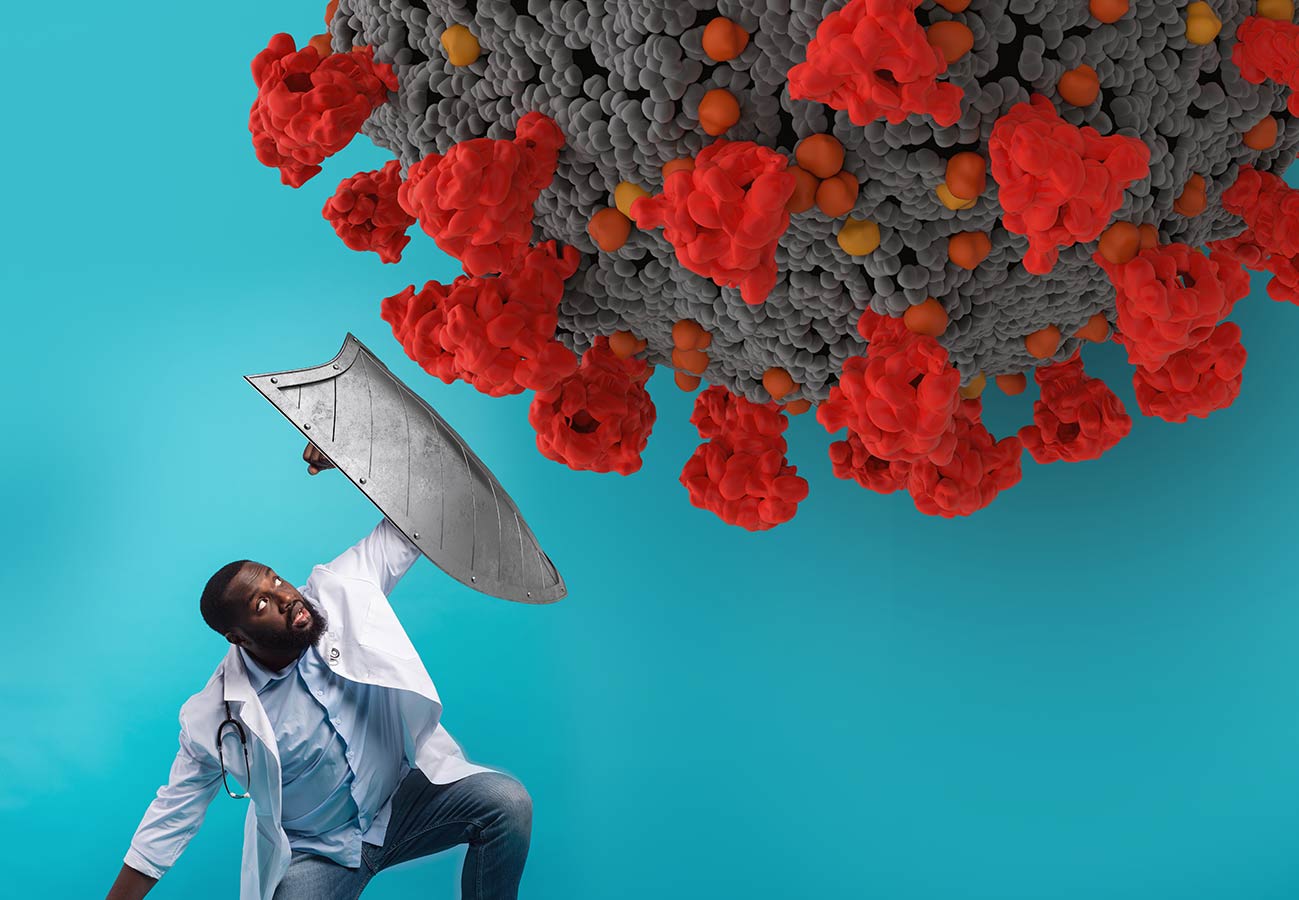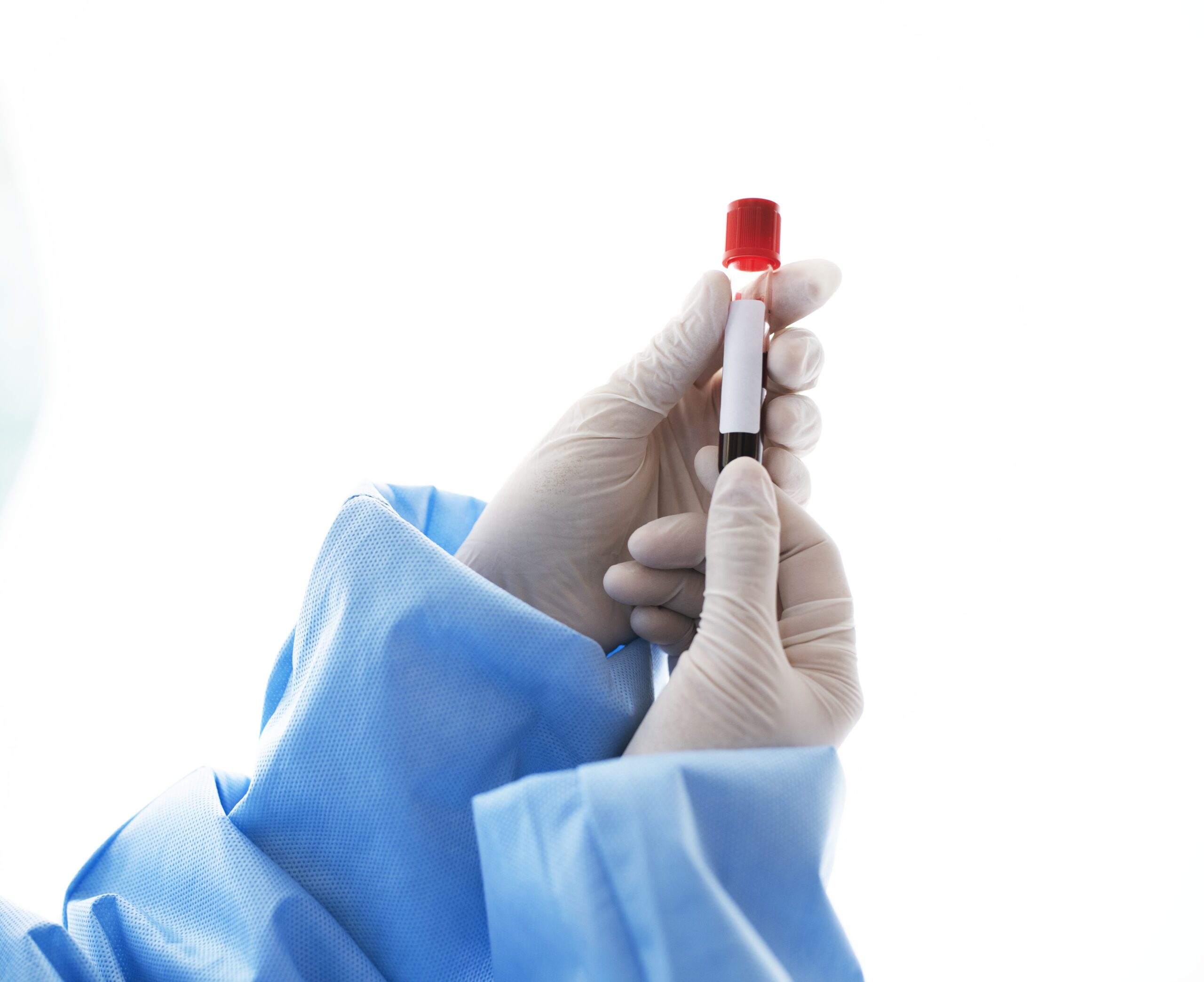Throughout the pandemic, the safety measures involving personal hygiene, among others, served as regulations which aided the mitigation of the massive spread of the virus. Although the pandemic has eased off, the virus isn’t extinct. So we must retain these personal hygiene practices for safety and healthy living. The pandemic has heightened our consciousness of the importance of maintaining personal and household cleanliness to lower the risk of infection. And as anticipated, this has become a trend.
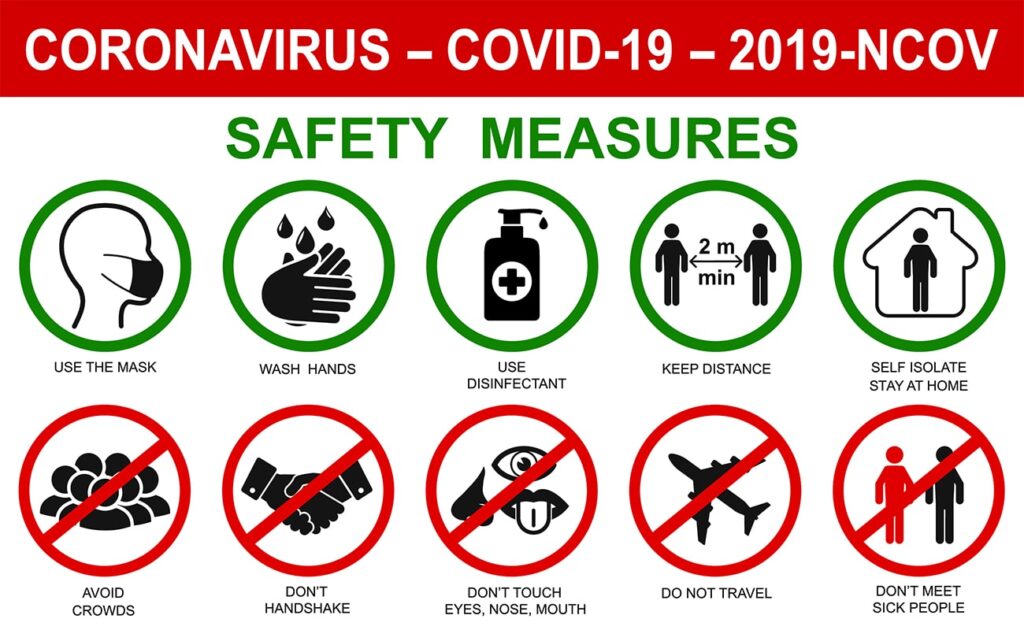
All the external body areas should be kept clean and in good condition as part of personal hygiene. The maintenance of one’s bodily and mental health depends on it. In persons who do not practice good personal cleanliness, the body creates a favourable environment for pathogens to flourish, leaving the body at risk of infection. On a social level, individuals could avoid someone with bad personal hygiene, which sometimes leads to loneliness and depression.
Some hygienic practices that are necessary post-covid pandemic
We are not under a lockdown or strict regulation of movement anymore. Everyone is on the move (schools, markets, restaurants, and playgrounds are open). So now, the need to continue observing the covid-19 safety measures to keep ourselves and our loved ones safe and healthy is imperative.
Protection of sensory organs
Be careful not to touch your lips, nose, or eyes. Avoid sneezing or coughing into your hands. If you must, keep your mouth and nose covered with your elbow or a tissue, and dispose of the used tissues immediately. Always stay about 3 feet away from people when they cough or sneeze. You can not be sure who is still infected.
Regular hand washing
Yes, it’s the safest line of protection, which is why we always hear it. Wash your hands regularly with soap and water for about 20 seconds. Always remember to wash your hands after sneezing into a tissue, using the lavatory, leaving and returning home, preparing or eating food, putting on make-up, handling contact lenses, and so on. We should endeavour to move out with our hand sanitiser. It should contain at least 60% alcohol for proper effectiveness.
Cleaning around the house
Frequent cleaning and disinfecting of surfaces in our homes is an essential precautionary measure to reduce the risk of infection. For safe and effective usage of cleaning products, adhere to the instructions and the safety measures taken when applying the product, such as using gloves and ensuring adequate ventilation. Although houses vary, typical high-touch surfaces include; door knobs, tables, chairs, handrails, kitchen and bathroom surfaces, taps, toilets, electrical switches, and gadgets. Disinfectants containing about 70% alcohol and bleach are required and recommended for effective cleaning.
Cleaning Clothes
The virus still lives, however it is still unknown how long it may survive on clothes, as many clothing accessories possess plastic and metal components, which it may hang on to for a few hours to some days. Removing your shoes before entering your house, changing into clean clothes after being in crowded locations, and quickly washing your clothes with soap and water are all essential hygiene practices that keep us and those around us safe.
Things to note while doing the laundry
Do not shake filthy laundry to reduce the likelihood of viruses and germs spreading through the air.
Washing clothes in soap or detergent with the warmest water setting possible and thoroughly drying them also kills bacteria and germs.
Also, quickly wash your hands with soap and water or apply an alcohol-based hand rub (sanitiser).
Additionally, wash or disinfect your laundry bag. Consider using disposable bags to store your laundry. Good personal cleanliness benefits both our physical and mental health. Personal hygiene generally means taking care of one’s body and maintaining cleanliness and well-being. Creating and sticking to a personal hygiene routine is essential for sustaining a healthy body and mind amid the covid-19. We are encouraged to continue the hygienic practices for ourselves and our environment.
